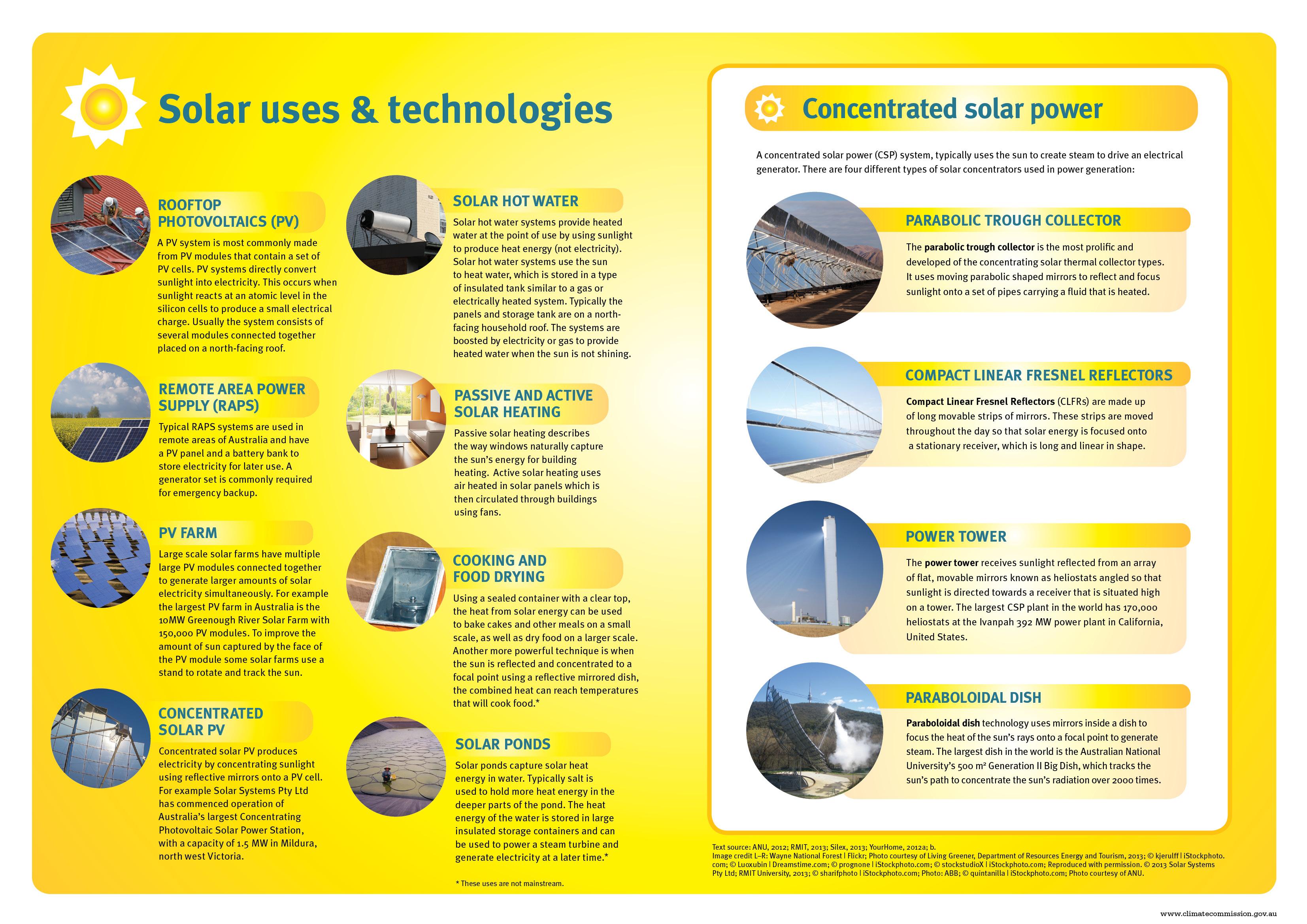In an era where sustainability is no longer a choice but a necessity, the concept of energy-positive buildings is capturing the imagination of architects, engineers, and environmentalists alike. As the sun rises each day, it not only heralds the dawn of a new day but also presents an untapped reservoir of energy potential waiting to be harnessed. At the forefront of this transformative shift is solar technology, a beacon of innovation promising to redefine the way we think about our built environment. This article delves into the promise of energy-positive buildings, exploring how advancements in solar technology are paving the way for structures that not only meet their energy needs but exceed them, contributing surplus energy back to the grid. Join us as we explore the burgeoning possibilities of a future where buildings do more than just house us—they empower us.
Harnessing Solar Potential to Revolutionize Building Design
As the world increasingly shifts towards sustainable solutions, energy-positive buildings are emerging as a beacon of hope in the quest to combat climate change. By integrating cutting-edge solar technology, these buildings not only minimize their carbon footprint but also generate surplus energy that can be redirected to the grid. The key lies in innovative design approaches that optimize solar potential, transforming how structures interact with their environment. This includes the strategic placement of photovoltaic panels, the use of advanced solar materials, and the incorporation of energy-efficient architectural elements. With these components, buildings are becoming self-sufficient powerhouses, significantly reducing reliance on traditional energy sources.
- Dynamic solar facades that adjust to sunlight exposure throughout the day.
- Rooftop gardens that enhance insulation while housing solar arrays.
- Transparent solar windows that allow for natural light and energy generation simultaneously.
- Integrated battery storage systems to manage and store excess energy.
These strategies are not just theoretical; they are being implemented in pioneering projects around the globe, proving that the fusion of design and technology can lead to sustainable living spaces. The implications are vast, promising a future where our built environments contribute positively to the ecosystem, rather than detracting from it. By harnessing the sun’s power, architects and developers are not just building structures; they are crafting the foundation for a greener, more sustainable future.

Innovative Materials and Technologies for Energy Efficiency
In the quest for more sustainable living, the development of energy-positive buildings is a groundbreaking step forward. At the forefront of this movement is the integration of advanced solar technologies. Photovoltaic panels, once bulky and limited in application, have evolved into sleek, efficient systems that can be seamlessly integrated into building designs. These panels are now capable of not only generating electricity but also storing it, thanks to innovations in battery technology. With the use of solar facades and roofing tiles, buildings can now harness the sun’s power without compromising on aesthetics or functionality.
- Transparent Solar Glass: Windows that double as solar panels, capturing energy while allowing natural light to pass through.
- Building-Integrated Photovoltaics (BIPV): Solar technologies embedded into building materials, creating structures that are both beautiful and functional.
- Smart Energy Management Systems: Cutting-edge software that optimizes energy usage, ensuring efficiency and sustainability.
These innovations are not just about reducing energy consumption; they are about creating buildings that produce more energy than they use, redefining the concept of sustainability in architecture. As these technologies continue to advance, the potential for widespread adoption grows, promising a future where buildings contribute positively to the environment.

Economic and Environmental Benefits of Energy-Positive Structures
The integration of solar technology into building design is transforming how we think about both economics and the environment. Energy-positive structures, which generate more energy than they consume, offer a multitude of advantages. Economically, these buildings can significantly reduce energy costs for occupants. By generating their own power, they decrease reliance on external energy sources, leading to substantial savings over time. This is particularly beneficial in regions with high electricity rates or unstable power supplies.
From an environmental perspective, the benefits are equally compelling. Energy-positive buildings contribute to a reduction in carbon emissions, aligning with global sustainability goals. The use of solar panels and other renewable technologies helps in minimizing the ecological footprint of urban developments. Additional environmental benefits include:
- Conservation of natural resources by reducing the need for fossil fuels.
- Promotion of biodiversity by lowering pollution levels and encouraging green spaces.
- Enhanced resilience against climate change by creating energy-independent communities.
By embracing these innovative designs, we are not only investing in a sustainable future but also enhancing the economic resilience of our communities.

Guidelines for Implementing Solar Solutions in Modern Architecture
Incorporating solar solutions into modern architecture requires a nuanced approach that balances aesthetics, functionality, and sustainability. Design integration is crucial; solar panels should be seamlessly integrated into the building’s design rather than appearing as an afterthought. This can be achieved through innovative roofing designs or solar façades that align with the building’s architectural style. Additionally, orientation and positioning play a significant role in maximizing solar efficiency. Buildings should be designed to ensure optimal sunlight exposure, considering factors such as geographical location and seasonal variations.
- Material Selection: Choose materials that enhance solar panel efficiency and durability.
- Energy Storage: Implement systems for storing excess energy, ensuring consistent power supply.
- Smart Technology: Utilize smart grid systems to manage energy distribution effectively.
- Regulatory Compliance: Stay informed about local regulations and incentives related to solar installations.
By following these guidelines, architects and builders can create energy-positive structures that not only reduce carbon footprints but also set a precedent for future developments. Embracing solar technology in building design promises a sustainable and energy-efficient future.
Key Takeaways
As we stand at the precipice of a new era in sustainable architecture, the promise of energy-positive buildings powered by solar technology shines brightly on the horizon. These innovations offer a glimpse into a future where our built environments not only coexist harmoniously with nature but also contribute positively to our planet’s energy balance. While challenges remain in the widespread adoption and integration of these technologies, the potential rewards are too significant to ignore. As we continue to explore and refine these solutions, we take another step toward a world where our homes and workplaces are not just shelters but active participants in the quest for a sustainable future. Let us embrace this promise, harness the sun’s boundless energy, and build a legacy of resilience and responsibility for generations to come.

































